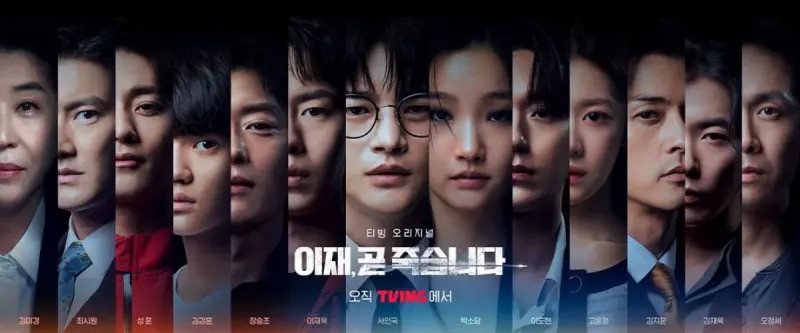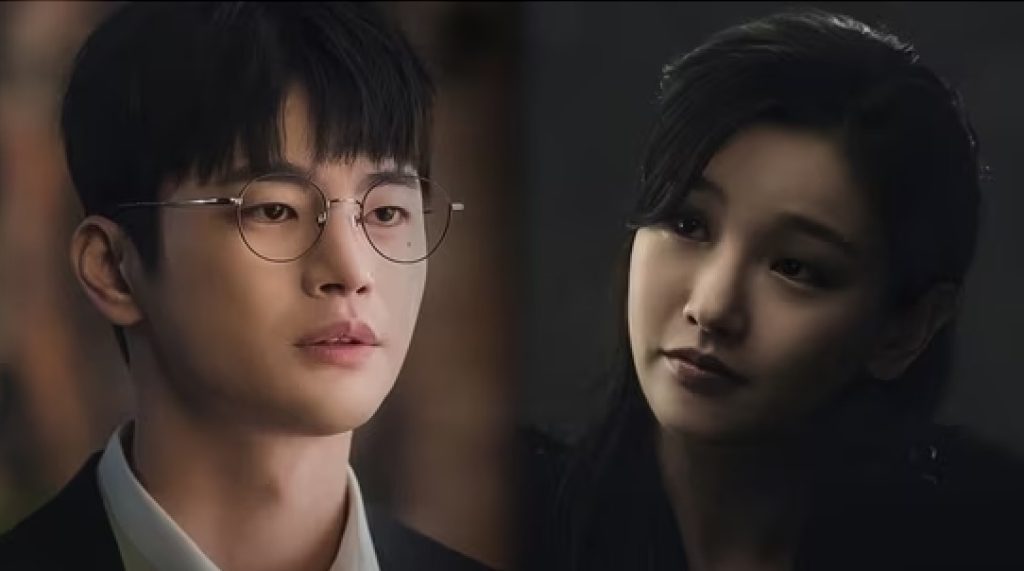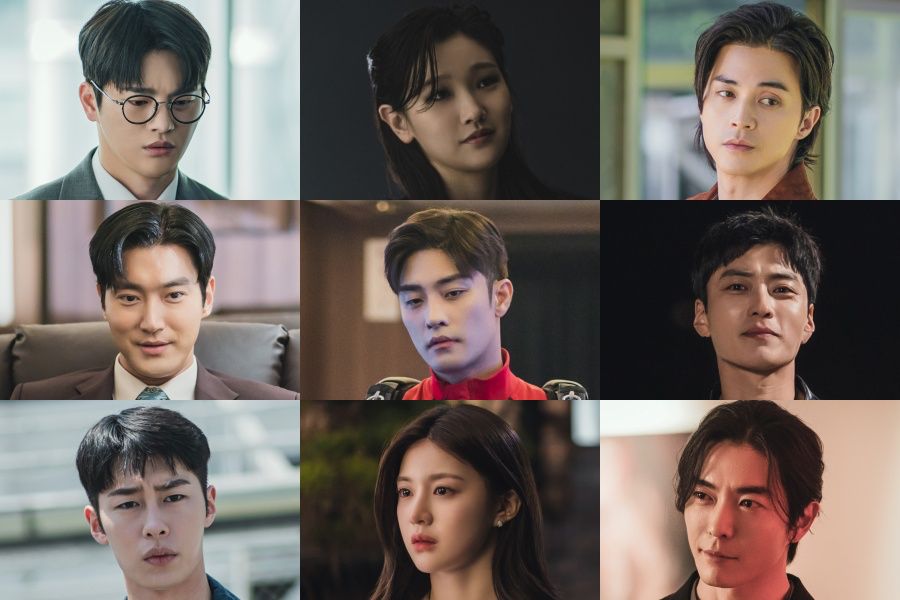Death’s Game Review (Prime) The loop delves deeply into life and death, providing a fascinating exploration!
Death’s Game
Summary
In summary, this is the most star-studded Korean drama series, investing heavily in a fresh and unconventional storyline that deviates from typical Korean series. With the unique concept of experiencing death 12 times, it resembles a fusion of various film genres, including drama, action, suspense, comedy, romance, investigation, and fantasy. It is the first series to successfully combine these elements in 8 episodes without dragging or falling into predictable Korean drama tropes. Each episode is filled with novelty, skillfully blending a variety of emotions. The series explores the theme of death from multiple perspectives, and it concludes exceptionally well. It not only adapts from the original webtoon but also surpasses it in many aspects. Highly recommended, don’t miss it!
Overall
9.5/10User Review
( votes)Pros
- The plot revolves around a loop of death and resurrection 12 times.
- It is an adaptation from a webtoon, but many aspects are executed better in the series.
- The cast includes renowned actors portraying all 12 protagonists in a single story.
- The storyline encompasses a complete range of genres.
- High-level CGI work, particularly in action scenes, is notable.
- The storytelling is concise, wrapping up in just 8 episodes.
Cons
- There are some minor plot holes that raise questions about certain character actions at certain points.
ADBRO
Death’s Game The 8-episode Korean series on Amazon Prime tells the story of J.W., a young man whose life is filled with endless misfortunes, leading him to decide to take his own life. However, he unexpectedly encounters the afterlife, where he is given the chance to taste the flavor of death once again, but this time he must survive 12 challenges as if it were a game, allowing him another chance at life.
Death’s Game Review (No spoilers)
The Korean series adapted from the webtoon of the same name, directed and written by Ha Byeong-hun , known for his work on series like “18 Again,” “Go Back Couple,” and “The Sound of My Heart,” is simultaneously released on the Korean streaming platforms tving and Prime Video. The unique aspect of this series is that it does not follow the typical format of a standard 16-episode TV drama. Instead, it diverges significantly by having varying episode lengths, ranging from 38 minutes to over 1 hour. The absence of a fixed runtime allows for a flexible storytelling approach without adhering to any predetermined formula. The adaptation remains faithful to the webtoon’s overall plot while introducing notable differences in the sequence of events and delivering a highly successful reinterpretation, especially in its well-crafted conclusion.
 What stands out significantly in this series is its fresh and innovative plot idea revolving around repeated deaths and rebirths, with characters being given 12 chances as if they were reincarnated. However, it’s not as extraordinary as one might think, as it delves into the various forms of death experienced by each character, each filled with hardships and torment from various challenges they must face. Regardless of whether the character is struggling with poverty or is wealthy, they carry these burdens with them. The protagonist, in particular, bears the weight of all these life problems, even though initially, the idea of being reborn might seem like a special privilege.
What stands out significantly in this series is its fresh and innovative plot idea revolving around repeated deaths and rebirths, with characters being given 12 chances as if they were reincarnated. However, it’s not as extraordinary as one might think, as it delves into the various forms of death experienced by each character, each filled with hardships and torment from various challenges they must face. Regardless of whether the character is struggling with poverty or is wealthy, they carry these burdens with them. The protagonist, in particular, bears the weight of all these life problems, even though initially, the idea of being reborn might seem like a special privilege.
The series presents the culmination of actions leading to different types of death outcomes, without necessarily adhering to the conventions of being a good or bad person, a hero, or even an innocent infant. It forces characters to face a similar fate, regardless of their background. This exploration of the 12 forms of death delves into all aspects, prompting viewers to contemplate what it truly means and how the protagonist will survive this seemingly inescapable game. This core theme keeps the audience eagerly anticipating each episode, even if they know that, in the end, death is inevitable—a death is inevitable—a reminiscent element,akin to the film “Final Destination.”
 With 12 different death scenarios and 12 characters, including renowned celebrities, playing as protagonists, Seo In-guk only plays a supporting role in some scenes in the afterlife. This makes each character’s storyline unique, even though some may be short; each role is significant, akin to 12 short life films covering various genres like drama, action, mystery, comedy, romance, investigation, and fantasy. This series appears to be the first that successfully combines all these elements. Each character is interconnected through the protagonist’s memories, which retain the abilities and life experiences of everyone. They continually upgrade themselves, akin to superheroes, using these abilities. Additionally, an unexpected storyline links all characters together, creating a complex fate that brings them together through various timelines – past, present, and future. and introduces formidable villains that the protagonists must conquer, all within the constraints of a game that prohibits suicide and killing others. The series is tightly written, seamlessly blending different elements without compromising the main storyline.
With 12 different death scenarios and 12 characters, including renowned celebrities, playing as protagonists, Seo In-guk only plays a supporting role in some scenes in the afterlife. This makes each character’s storyline unique, even though some may be short; each role is significant, akin to 12 short life films covering various genres like drama, action, mystery, comedy, romance, investigation, and fantasy. This series appears to be the first that successfully combines all these elements. Each character is interconnected through the protagonist’s memories, which retain the abilities and life experiences of everyone. They continually upgrade themselves, akin to superheroes, using these abilities. Additionally, an unexpected storyline links all characters together, creating a complex fate that brings them together through various timelines – past, present, and future. and introduces formidable villains that the protagonists must conquer, all within the constraints of a game that prohibits suicide and killing others. The series is tightly written, seamlessly blending different elements without compromising the main storyline.
 The CGI work in this film is outstanding, starting from the scenes in hell that are truly frightening, filled with a horde of sinful people ready to bite and devour anyone who falls in. Park So-dam leads in a deathly role, taunting and mocking the protagonist, where each death encounter repeats itself. There are scenes that develop the growth of the protagonist’s character psychologically as they struggle against this personification of death. In the scene before entering the gates of hell, which is the ultimate punishment of the story, there are also stunning death scenes, such as the one on a crashing airplane, a free-fall without a parachute, and intense action scenes, all seamlessly blending stunt and CGI.
The CGI work in this film is outstanding, starting from the scenes in hell that are truly frightening, filled with a horde of sinful people ready to bite and devour anyone who falls in. Park So-dam leads in a deathly role, taunting and mocking the protagonist, where each death encounter repeats itself. There are scenes that develop the growth of the protagonist’s character psychologically as they struggle against this personification of death. In the scene before entering the gates of hell, which is the ultimate punishment of the story, there are also stunning death scenes, such as the one on a crashing airplane, a free-fall without a parachute, and intense action scenes, all seamlessly blending stunt and CGI.
In summary, this is the most star-studded Korean drama series, investing heavily in a fresh and unconventional storyline that deviates from typical Korean series. With the unique concept of experiencing death 12 times, it resembles a fusion of various film genres, including drama, action, suspense, comedy, romance, investigation, and fantasy. It is the first series to successfully combine these elements in 8 episodes without dragging or falling into predictable Korean drama tropes. Each episode is filled with novelty, skillfully blending a variety of emotions. The series explores the theme of death from multiple perspectives, and it concludes exceptionally well. It not only adapts from the original webtoon but also surpasses it in many aspects. Highly recommended, don’t miss it!


